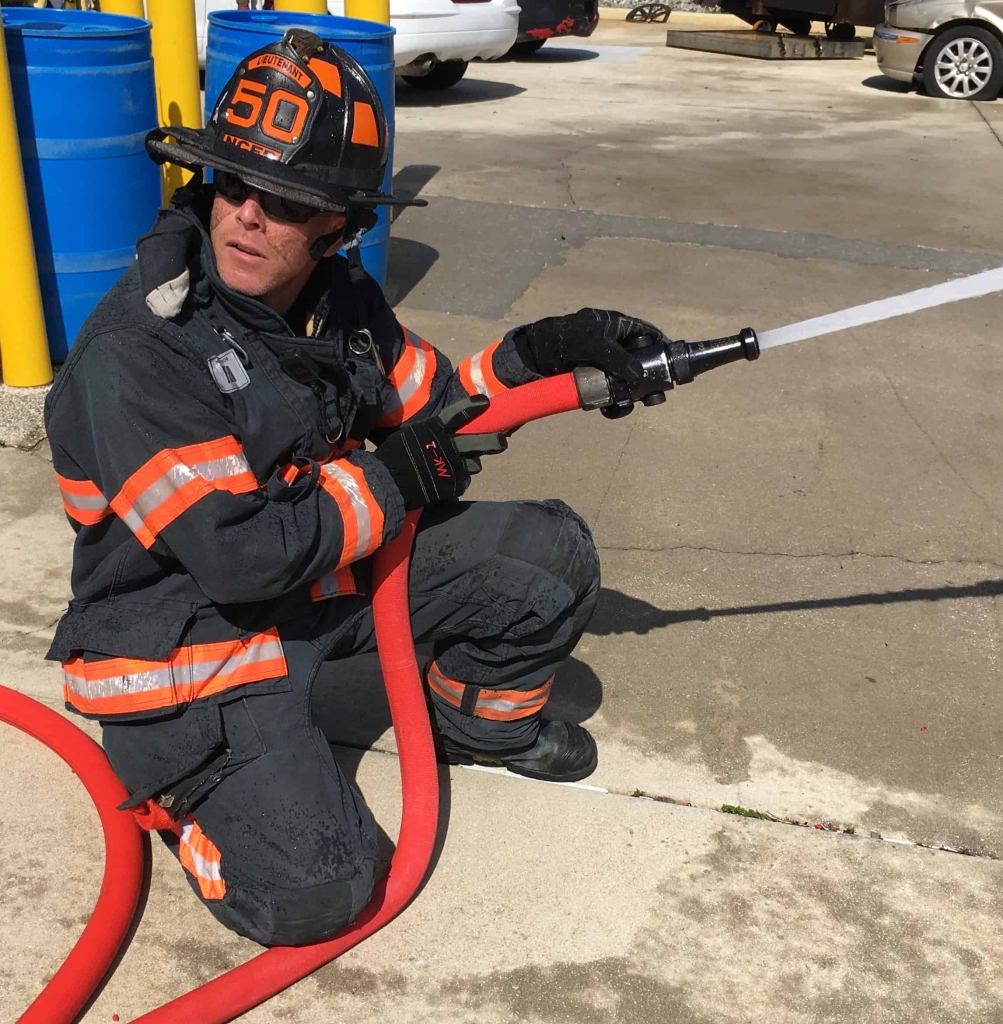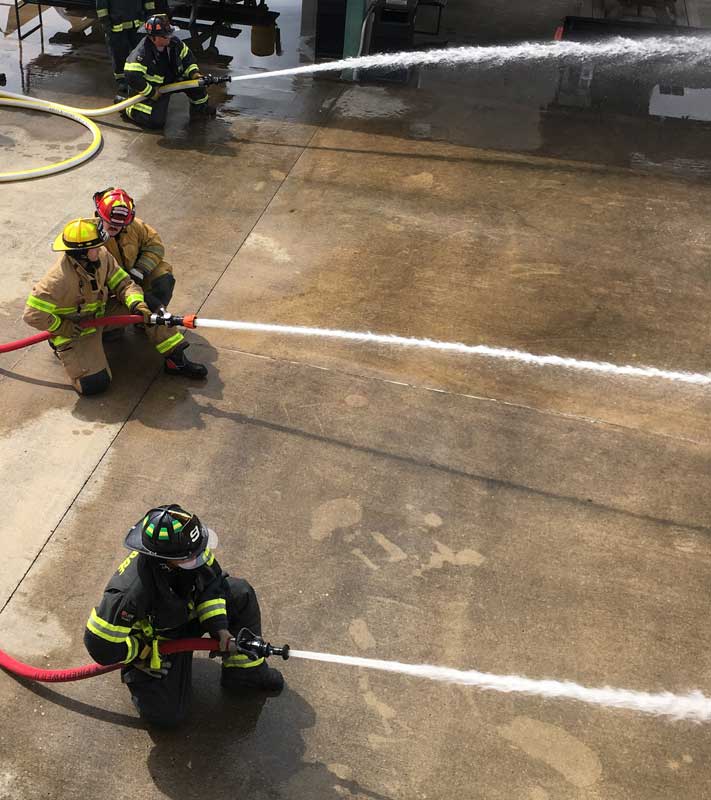
All Fire Hose Questions You Need Answered
Fire hoses are a niche item that is seen often, yet many people may not know the details until they have personally worked with them. Let's review some common questions regarding fire hoses to know before making purchase, or to simply expand your own knowledge.
How much does a fire hose weigh?
The weight of a fire hose matters most when you're having to transport it. After all, you don't want a hose to collapse when you're connecting it to a water source. If that's not enough, you want to make sure your transportation device won't collapse under the weight.
Let's say you have 50 feet of hose. The line on average attack fire hose is 1 3/4" with its own threaded couplings. With an inner hose cover and liner made of nitrile PVC rubber and 100% synthetic circular woven inner reinforcement, you can expect a BullDog Hose Company fire hose to weigh around 18 pounds or less.
How do you roll a hose?
Rolling a fire hose serves many purposes. Most fire hoses are meant to be rolled for storage and direct use.
The donut roll method is best used for hoses that are going to be put into direct use. The method makes the hose easier to unload and connect to couplings. Start by folding the hose in half, then take the folded end and roll it until it reaches the open end.
The straight method has been around for ages. This is what firefighters typically used when storing it at the firehouse or loading hose onto the back of a firetruck. After laying out the hose flat, roll the end that connects to the water source (the male end) towards the other end of the hose. The coiling effect makes it easier to fill with water and begin to hose down whatever you need.

What pressure do you test attack, supply, general hoses at?
Hose pressure needs to be tested when you prepare a fire hose for work.
Fire hoses should be tested in two variations: once every six months and once a year.
When a fire hose is tested once every six months, fire departments should be looking for damage, leaking, clear signage, testing, flow, and general accessibility.
When testing a fire hose once a year, it is checked for more in-depth damage and possible obstructions.
While these guidelines are followed more stringently in countries out of America, they are starting points to a healthier life of your hose.
How do you clean a fire hose?
Keeping a hose clean is one of the best ways to minimize damage and extend the life of a fire hose. Some fire houses may have a traditional way to clean their hoses, but here are some techniques that could benefit the life and maintenance of your fire hose.
- Use low pressure water to provide a rinse for the outside of the hose.
- Mix together warm not hot water and some detergent. Get into a nice frothy mix and use it to polish up the hose.
- Make sure that your wash away all of the detergent mixture from the hose jacket. Don't leave anything to cake or dry on the outside of the hose.
- Clear some space to dry and eventually store the hose.
- Never load it back onto the truck until you are 100% sure that the hose is dry.
How long is a standard fire hose?
Given the need for fire hose in different environments and situations, the length of a fire hose will differ based on its intended use.
The most common hose length is 50 feet, but some of our BullDog fire hoses can be up to 100 feet coupled or 660 feet uncoupled.

How flexible is a fire hose?
These days, it is uncommon to have a fire hose that is not collapsible. Depending on the are a fire house is in, they may have a rigid hose for grass fires. Most fire hoses are lay-flat, collapsible hoses that roll up easily for storage. This also makes the hoses more lightweight to be moved quickly.
Can I cut a supply hose?
Cutting a fire hose might sound odd to non fire fighters. But, what else are you going to do with an old fire hose once it goes out of service? The average hose has a decade of work life and then it's out to the landfill.
What to do with old fire hose?
DIY projects repurposing fire hose isn't just a pastime for those who are bored. From tales of high school football teams using old hose as a practice line of scrimmage to covering bits of trailer straps to prevent chafing, the strength of fire hoses can be repurposed for daily use.
View our full inventory of BullDog fire hoses to find one that is right for your department needs. You can also learn more by contacting a member of our sales team.

